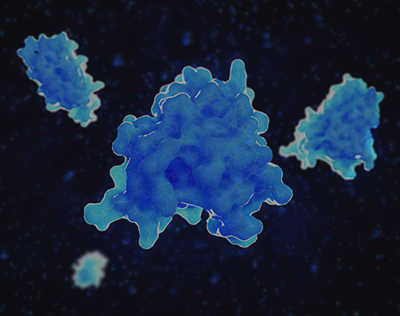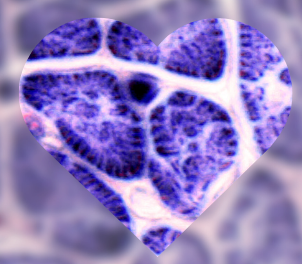You have no items in your shopping cart.
Complete control over enzyme activity is crucial for dissecting biological pathways and validating therapeutic targets. To achieve this, researchers need molecular tools that can both decrease and increase enzymatic function with precision. High-potency enzyme inhibitors and enzyme activators give you total command over your experimental system, enabling groundbreaking discoveries.
Whether you need to apply the brakes or step on the gas, choosing the right molecule is essential. Understanding the distinct roles of inhibitors and activators allows for precise enzyme modulation.
Enzyme Inhibitors
Enzyme inhibitors are molecules that bind to enzymes and decrease their catalytic activity. They are the cornerstone of research into metabolic pathways. Their mechanism often involves blocking an enzyme's active site (competitive inhibition) or binding to an allosteric site to alter the enzyme's shape (non-competitive inhibition), preventing the substrate from being converted into product.
Enzyme Activators
Enzyme activators are molecules that bind to an enzyme and increase its activity. They are critical for studying allosteric regulation and for investigating therapeutic strategies aimed at boosting the function of underperforming enzymes. Activators often bind to an allosteric site, inducing a conformational change that enhances the enzyme's affinity for its substrate or increases its catalytic rate.
This table highlights key small molecules that are frequently researched and are foundational research tools in various domains.
Molecule Name | Type | Target(s) | Area of Research / Use |
|---|---|---|---|
Inhibitor | Oncology (Leukemia, GISTs) | ||
Inhibitor | Oncology (Lung Cancer) | ||
Inhibitor | Cardiovascular Disease | ||
Inhibitor | Oncology (Ovarian, Breast) | ||
Activator | Cystic Fibrosis | ||
Activator | Metabolic Disease (Diabetes) | ||
Activator | Anti-Aging, Metabolism | ||
Activator | Metabolism, Exercise Physiology |
In a laboratory setting, the quality of your reagents is non-negotiable. Off-target effects or inconsistent potency can compromise weeks of work. This is why researchers must demand the highest standards:
- Purity You Can Trust: Eliminates confounding variables from your experiments.
- Guaranteed Potency: Ensures your compound is performing as expected with reliable IC₅₀ or EC₅₀ values.
- Batch-to-Batch Consistency: Provides the reproducibility required for long-term studies.





